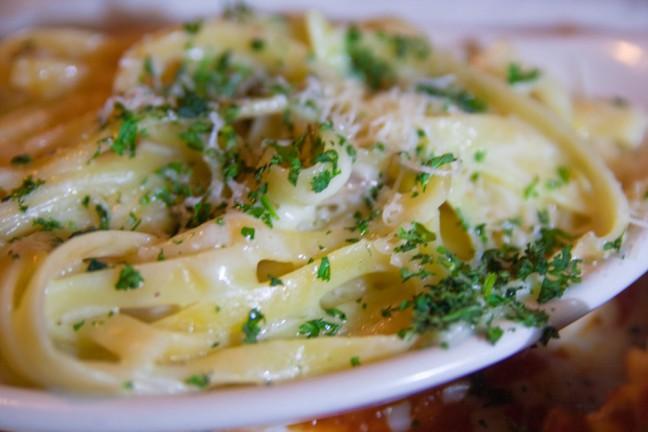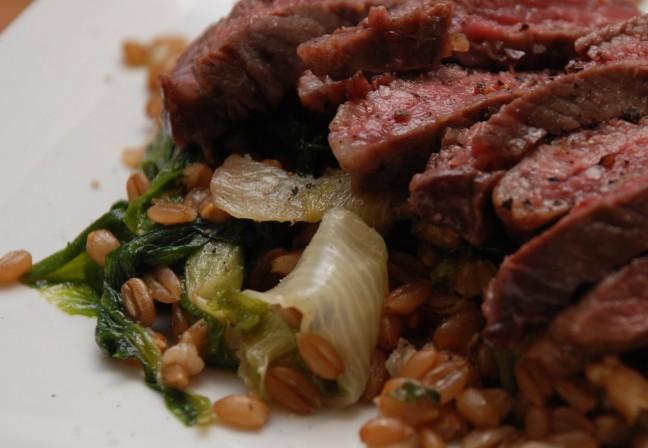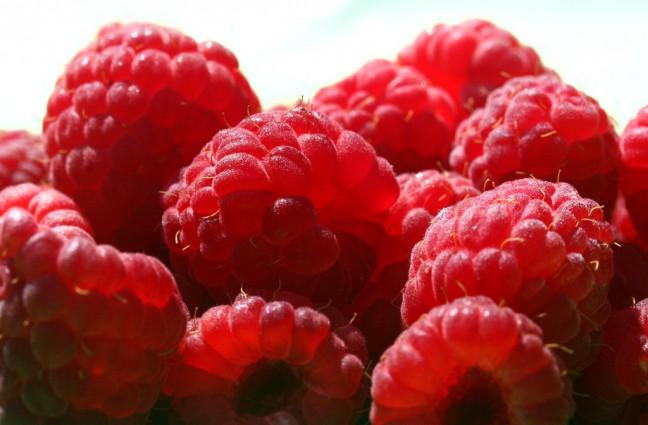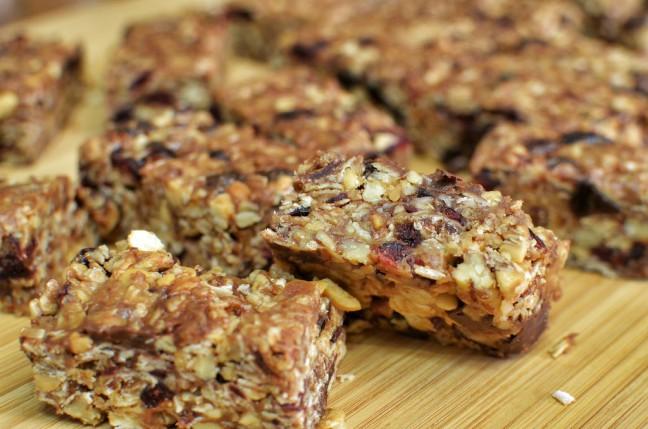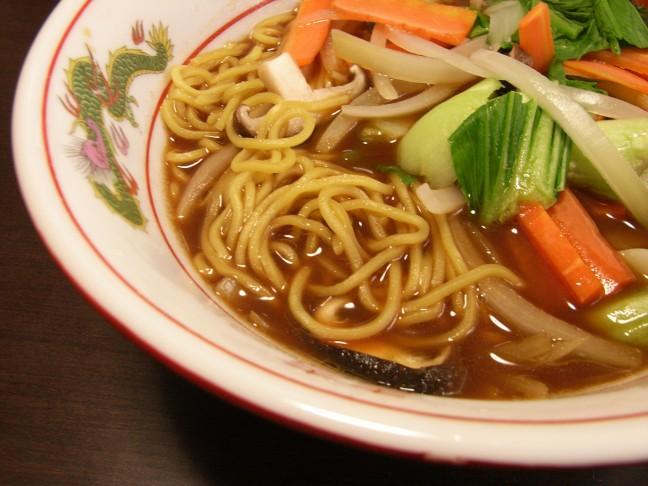College life is busy. It’s filled with studying, student orgs, working and socializing, leaving little time for home-cooked meals. It’s easy to make excuses like “I don’t have time” or “I can’t cook” and end up resorting to pre-packaged meals from the grocery store or eating out at restaurants. But the time has come to ditch the take-out menu and get in the kitchen.
Cooking at home offers several benefits. It’s easier on your waistline as well as your wallet. It gives you control over what ingredients go into your food, helps you create balanced meals and allows you to tailor your meals to any specific dietary needs, like allergies or a vegan diet. However, many of the recipes available are not very healthy as is; they need a bit of work. With a little practice and some trial and error, it’s easy to substitute for common ingredients like sugar, oil, eggs and cream.
Read on below for smarter substitutions to make your next meal the healthiest it can be.
Sugar
It’s no secret that Americans consume too much sugar. In fact, the World Health Organization recently lowered its sugar intake recommendations from 10 percent of daily calories to just five. That means for a normal-weight adult, the suggested intake is approximately 6 teaspoons, or 25 grams, of sugar per day. There are obviously damaging effects from too much sugar, like cavities, weight gain and, more importantly, heart disease. Sugar also delivers empty calories, meaning it offers no nutritional benefits like fiber, vitamins or minerals.
Instead of using refined white sugar, try one of these sweet substitutions. Maple syrup, honey and unsweetened applesauce are all great choices. Maple syrup is full of antioxidants that can help prevent diseases like cancer and osteoporosis. Just make sure the bottle says pure (sorry, Aunt Jemima). Raw honey also offers antioxidants as well as several vitamins and minerals. Unsweetened applesauce significantly cuts calories, with only about 100 calories per cup versus 770 calories for one cup of sugar!
Oil and butter
A quick Google search on oils and fats can lead to mixed results. New research is constantly changing popular opinion on which fats are good and bad. However, it’s important to realize that not all fats (or oils) are created equally. Typically, saturated fats are the “bad” fats and include those that are solid at room temperature, like butter. Unsaturated fats are the “good” fats and include those that are liquid at room temperature, like olive oil. Oils also have different smoke points to consider. The smoke point is the temperature at which the oil begins to produce volatile compounds.
If you want to skip the confusion and avoid oils altogether, mashed bananas, avocado or pureed prunes are all excellent options. Bananas offer the right consistency along with nutrients like potassium, fiber and vitamin B6. Avocados are loaded with several vitamins and minerals as well as phytochemicals that protect against disease. Prunes contain vitamin A — which supports eye health — plus high amounts of vitamin K, B vitamins, calcium, potassium and fiber.
Eggs
Even though eggs are high in cholesterol, they are still considered to be a healthy food choice. They’re a good source of protein, choline, vitamin D and other nutrients. However, many people need to avoid eggs due to allergies or special diets like veganism. Or maybe you just ran out of eggs and don’t want to go to the store. If you’re looking to replace eggs in a recipe for whatever reason, chia seeds, flax meal and silken tofu are all great alternatives. Chia seeds have recently become popular for their many health benefits. They’re loaded with omega-3 fatty acids, which support the cardiovascular system. Similarly, flax contains high amounts of omega-3 fatty acids, as well as omega-6 and 9, in addition to soluble and insoluble fiber. Tofu is high in calcium, which many Americans do not get enough of, as well as phytonutrients which are believed to enhance immune response, repair DNA damage and protect against certain types of cancer.
Note: Chia seeds and flax meal both must be mixed with water to create a gel-like consistency.
Cream
Heavy cream packs about 50 calories in just one tablespoon, with most of those calories coming from fat. Between the calories, saturated fat and cholesterol, it’s easy to see why many people try to avoid cream-based recipes. There are also dairy allergies to consider.
If you want to lose the cream without sacrificing flavor, try using Greek yogurt, cottage cheese or coconut milk. Greek yogurt offers plenty of calcium, protein and acidophilus, a bacteria that promotes good health in the digestive tract. Cottage cheese is a good source of vitamin B12 and calcium and also contains all the essential amino acids, making it a complete protein. Although coconut milk is high in saturated fat, it’s a good substitute when used in moderation. It offers a variety of nutrients, including several vitamins, minerals and fiber. It’s also one of the few substitutions for cream that can be used by vegans or people with dairy allergies.
It’s time to get creative and get cooking! Use these simple swaps to reinvent old favorites like the one below.
“Creamy” Alfredo Sauce
This week’s recipe is a light and quick version of the classic Alfredo dish. Serve over a half cup of whole wheat pasta with steamed broccoli and grilled chicken for a well-balanced meal.
Ingredients
- 2 tablespoons olive oil
- 2 tablespoons flour
- 1 cup chicken (or vegetable) broth
- ¼ cup plain Greek yogurt
- ¼ cup milk of your choice
- 2 garlic cloves, minced
- ¾ cup parmesan cheese
- Pinch of salt
Directions
In a sauce pan, combine oil and garlic over medium heat. Cook a few minutes before adding flour. Stir until nice and bubbly.
Add broth and continue to stir. Turn heat to low and add milk, yogurt and cheese. Stir until smooth. Season with salt to taste.
Pour over pasta and add your favorite vegetables or lean protein.


